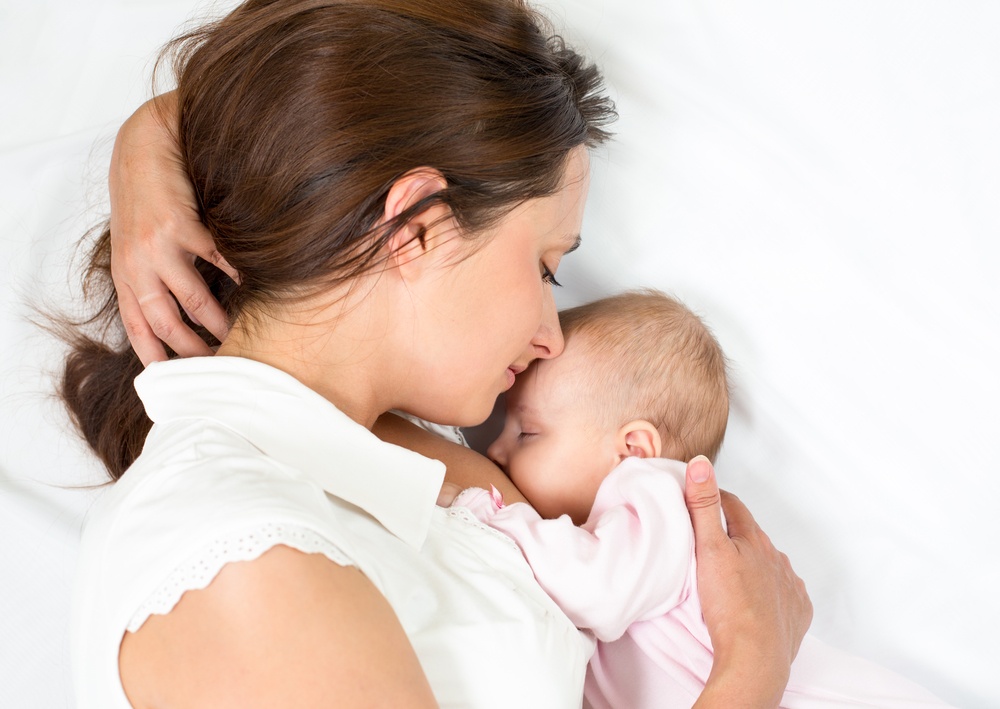The umbilical cord is a crucial lifeline between mother and baby during pregnancy, providing essential nutrients and oxygen. After birth, the cord is cut, leaving a small stump on the baby’s abdomen. Proper care of this stump is vital to ensure it heals without infection and that the cord falls off naturally.
Understanding Umbilical Cord Care
Immediately after birth, the umbilical cord is clamped and cut, leaving a tiny umbilical cord stump. This stump typically falls off within one to three weeks, but proper care is essential to prevent infection and ensure healthy healing.
Tips for Newborn Umbilical Cord Care
- Keep It Clean and Dry: Baby’s Belly Button
- Avoid Submersion: Do not submerge your baby in water until the stump falls off. Instead, give sponge baths to keep the area dry.
- Use Clean Water: Clean the area around the stump with plain water and gently pat it dry. Avoid using alcohol or antiseptics unless directed by your healthcare provider.
- Fold Diapers Below the Stump:
- Expose the Stump to Air: Fold your baby’s diaper below the stump or use specially designed newborn diapers with a cut-out for the umbilical area. This helps keep the stump dry and prevents irritation from rubbing.
- Dress in Loose Clothing:
- Ensure Air Circulation: Dress your baby in loose-fitting clothes to allow air circulation around the stump. Avoid tight waistbands or clothing that could rub against the area.
- Avoid Pulling or Tugging:
- Let It Fall Off Naturally: When it’s ready, the stump will fall off on its own. Avoid pulling or tugging at it, even if it looks like it is hanging by a thread.
- Monitor for Signs of Infection:
- Look for Symptoms: Look for signs of infection, such as redness, swelling, pus, or a foul smell around the stump. If you notice any of these symptoms, contact your pediatrician promptly.
Common Concerns: Stump of the Umbilical Cord
- Bleeding:
- Slight Bleeding is Normal: It’s common to see a small amount of bleeding when the stump starts to detach. However, seek medical advice if the bleeding is excessive or doesn’t stop.
- Umbilical Hernia:
- Bulging Near the Navel: Some babies may develop an umbilical hernia, which appears as a bulge near the navel when crying. These hernias often resolve independently but consult your pediatrician if you’re concerned.
- Delayed Healing:
- Prolonged Stump: Consult your pediatrician if the stump hasn’t fallen off after three weeks. Prolonged stump attachment may require medical evaluation.
Conclusion: Care for Your Baby’s Umbilical
Proper umbilical cord care prevents infection and ensures your baby’s navel heals correctly. You can support healthy healing by keeping the area clean and dry, avoiding irritation, and monitoring for signs of infection.
Consider joining the Parenting Genie’s Newborn Care Online Course for more detailed guidance and personalised support. This course offers comprehensive tips and techniques to help you navigate the early stages of parenthood. Additionally, Genie Chat is available 24/7 to provide instant answers and ease your parenting concerns.









